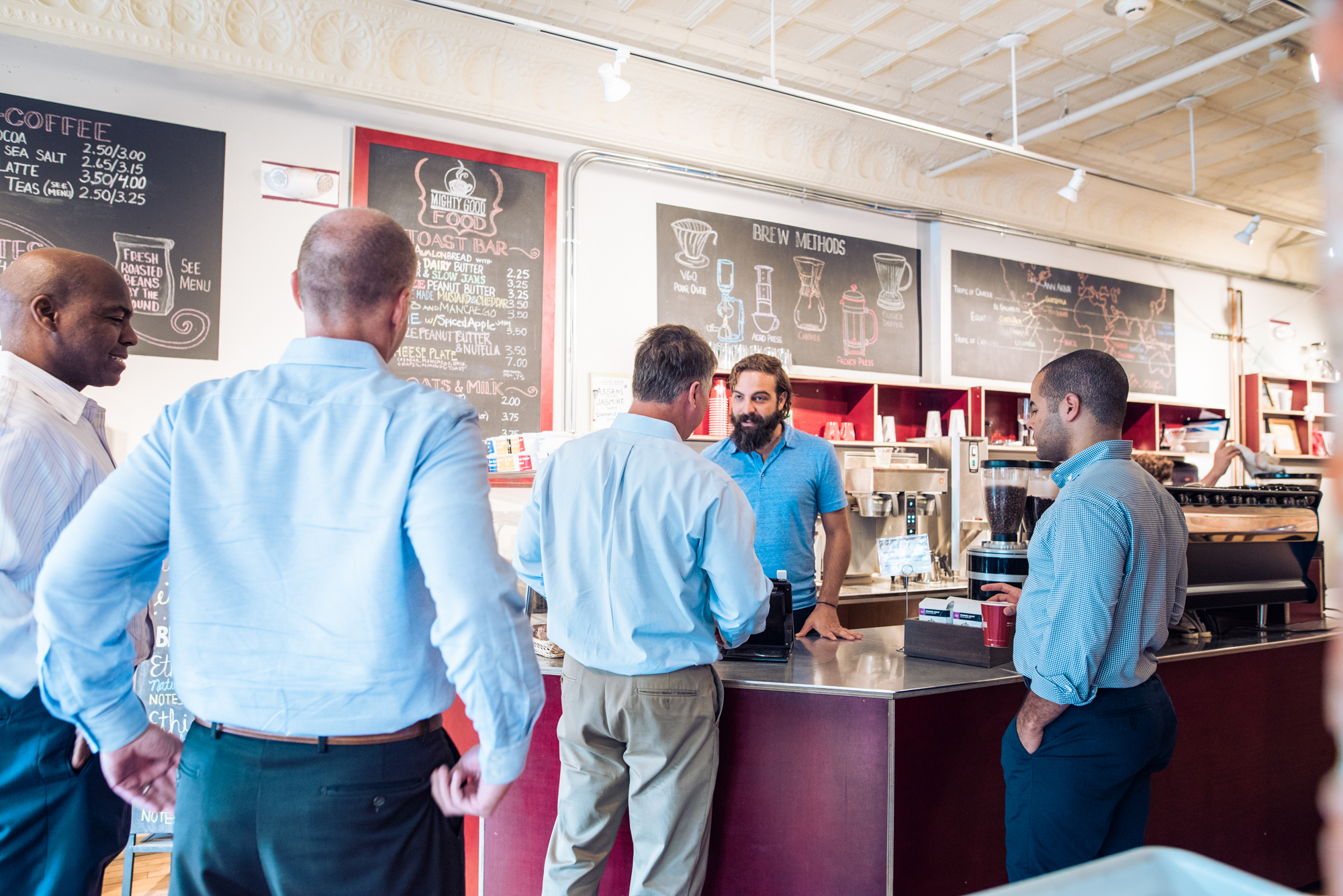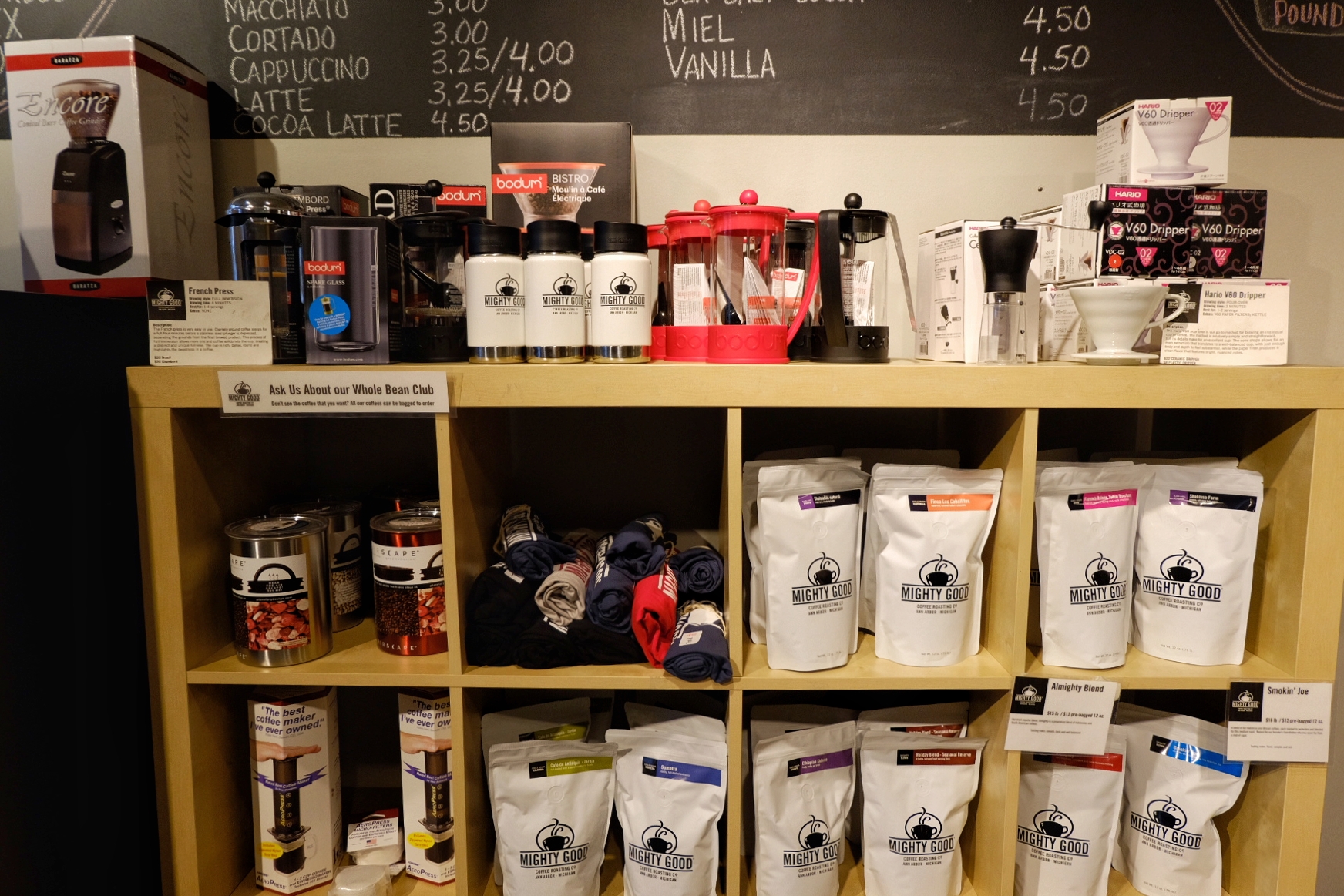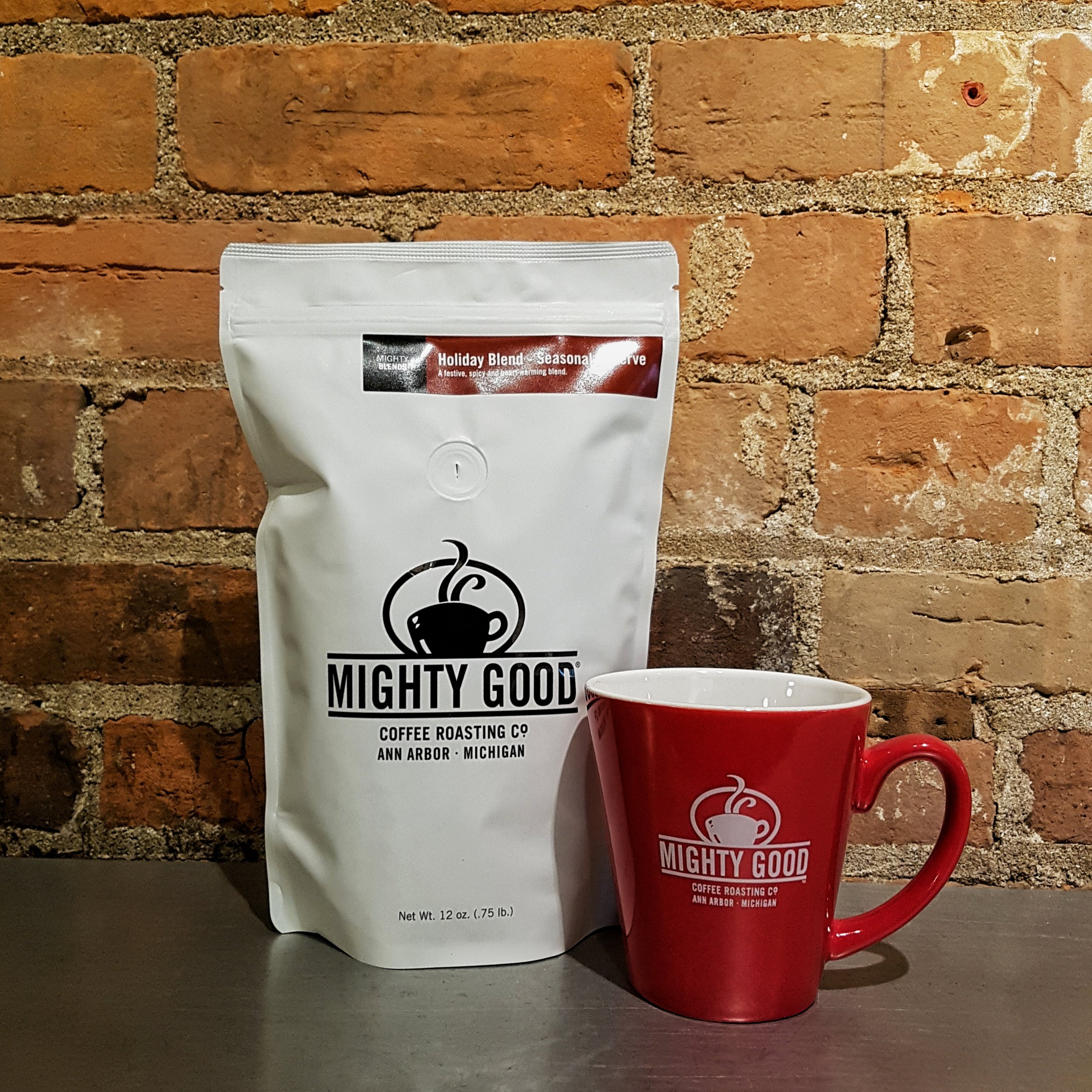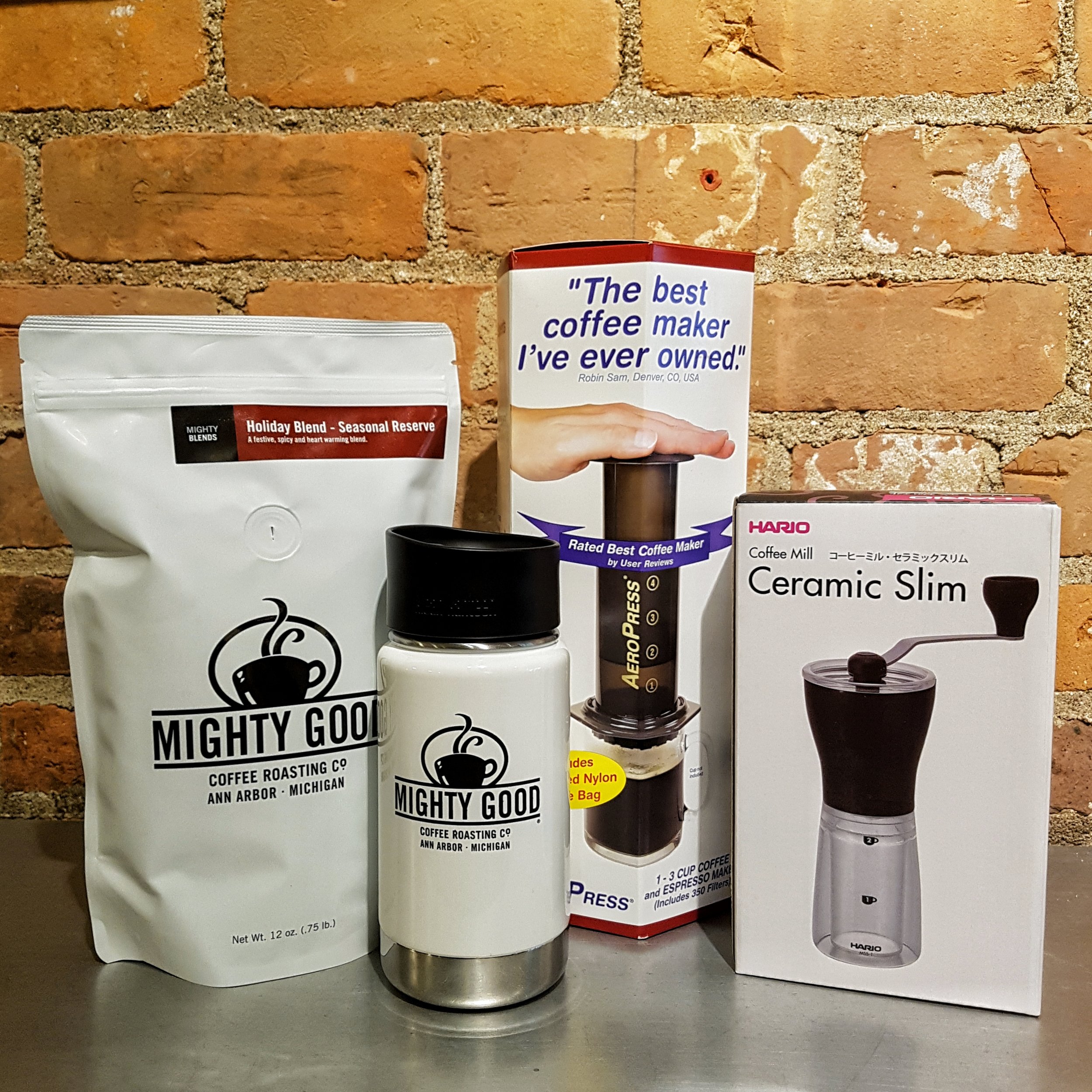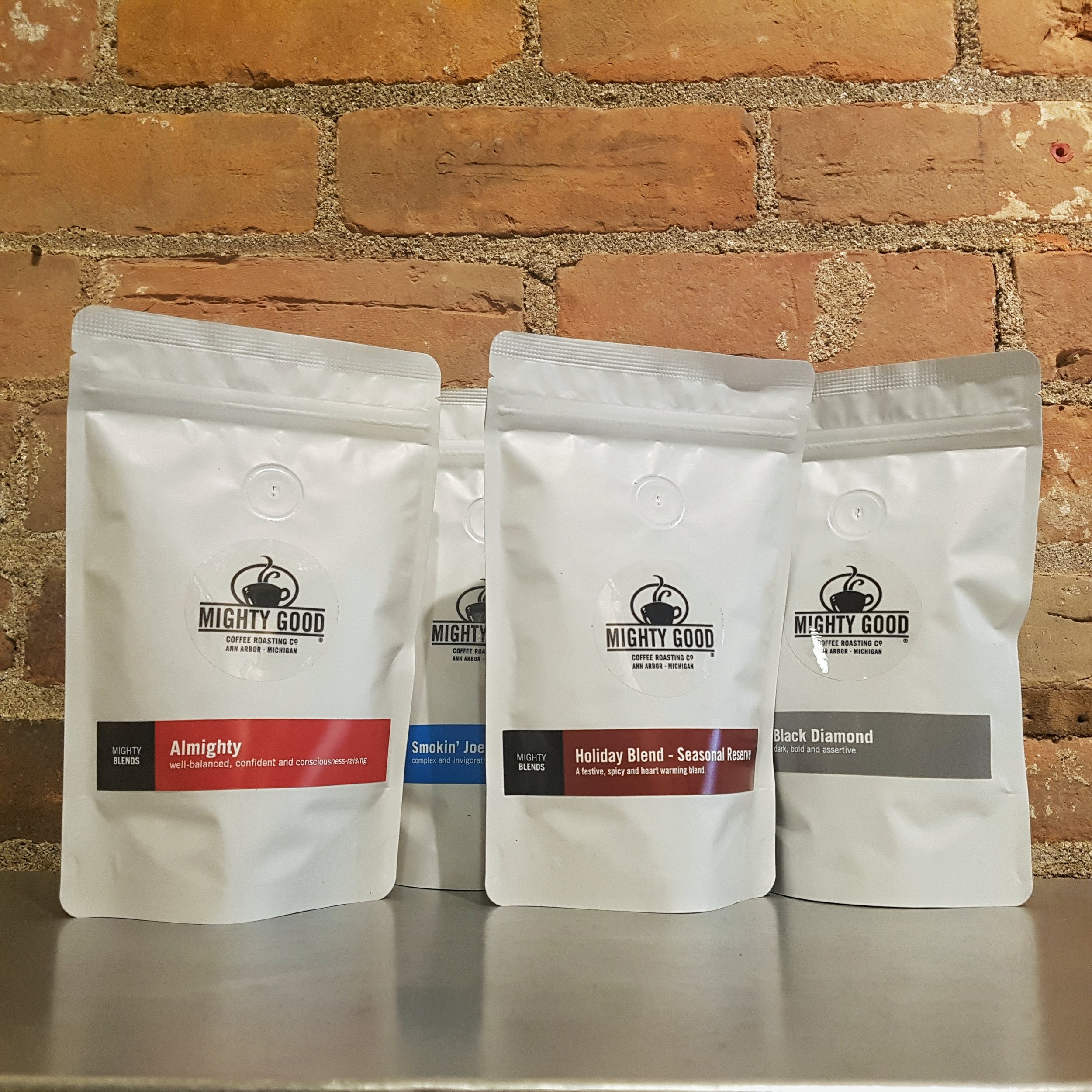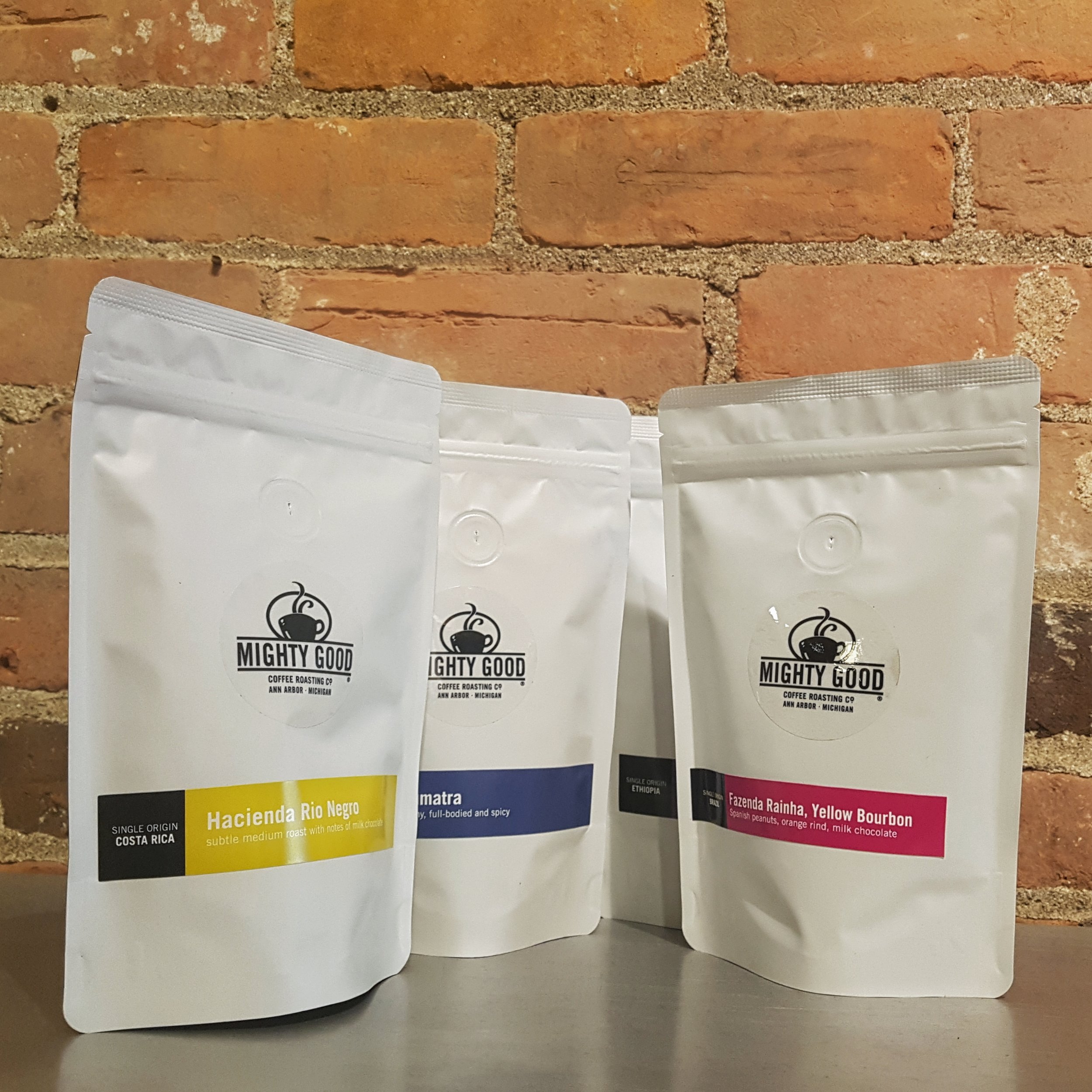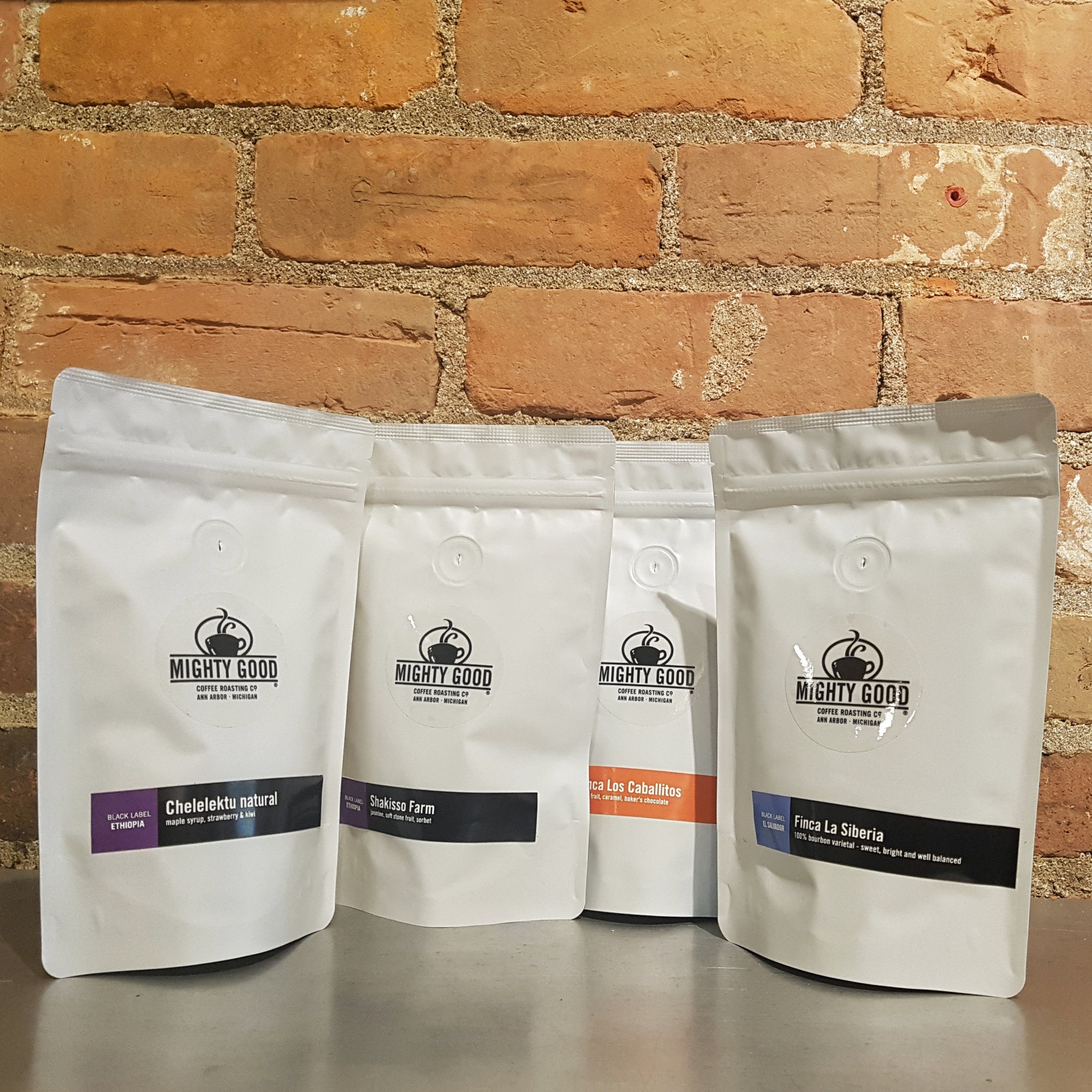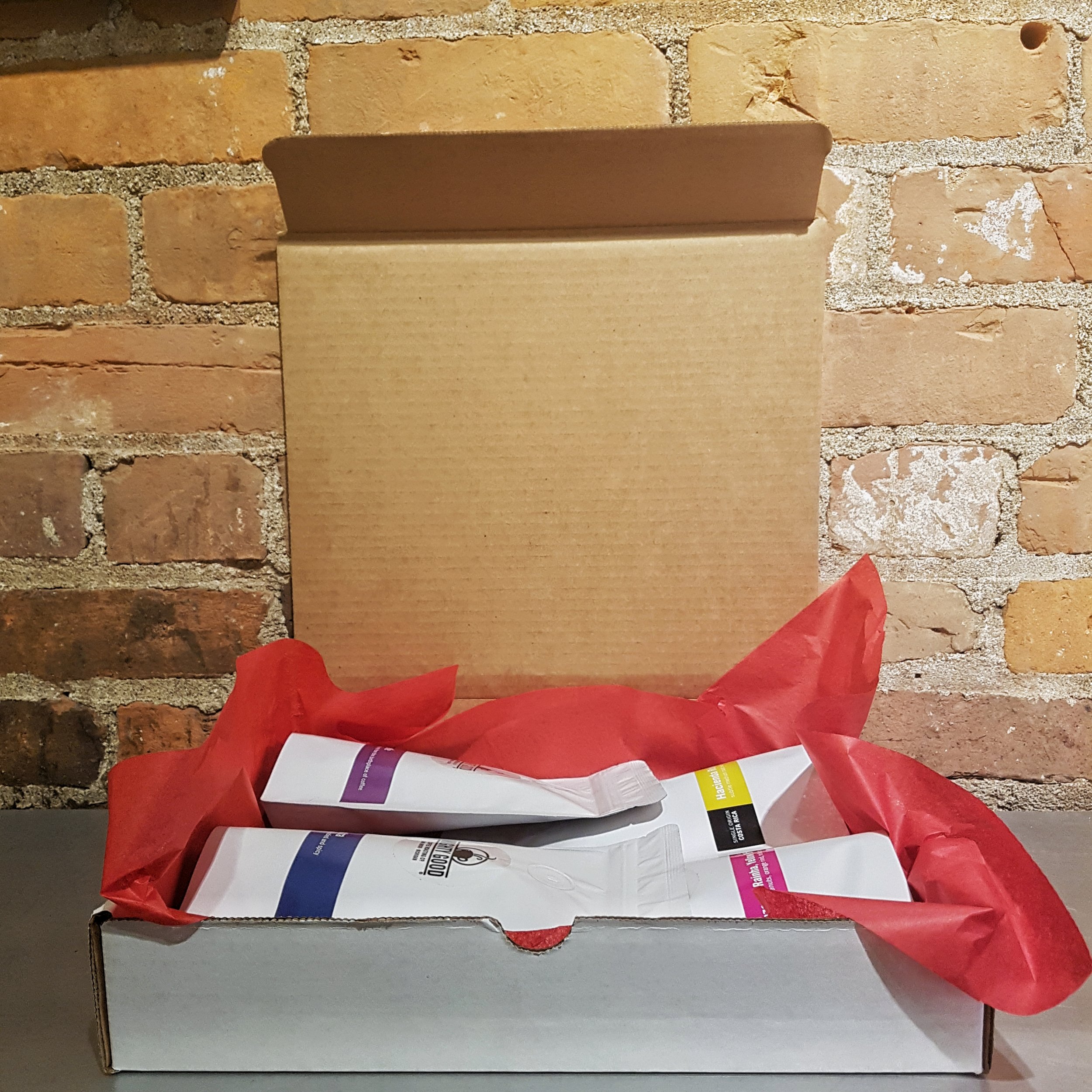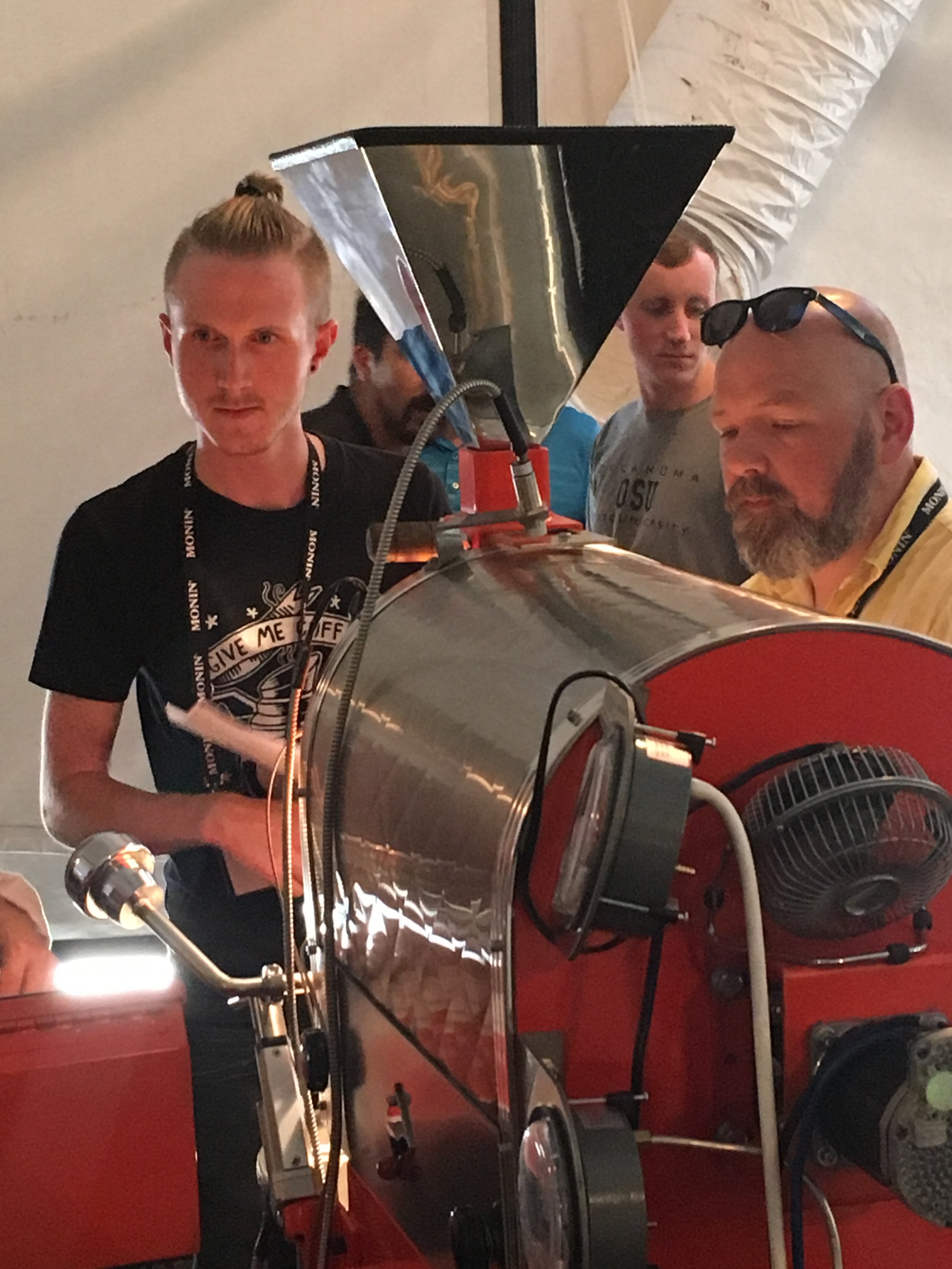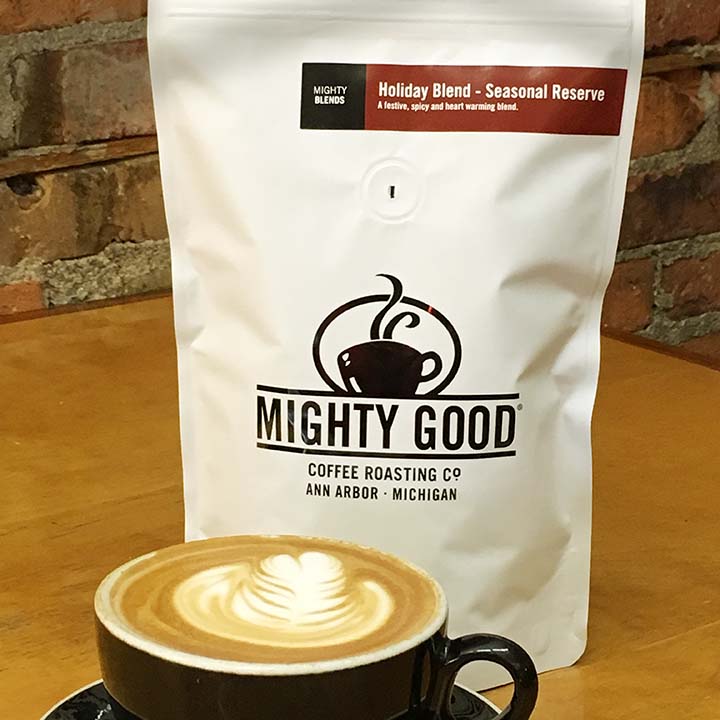Education has always been at the forefront of what we do here at Mighty Good Coffee. It was one of the reasons for the company's founding—to bring the world of specialty coffee to the people of Ann Arbor—and it continues to be the bedrock of our mission to this day. The Philosophy & Mission section of our website states:
WE believe in the perfect marriage of craft and science as expressed in our roasting and drink making processes.
WE believe we can continually improve and enhance the quality of our roasting, brewing, and customer service.
WE believe in connecting with and supporting other local businesses to enhance our community.
WE believe great coffee can be served without pretense.
WE believe in empowering our employees’ professional and personal growth.
WE believe in connecting with people beyond a single transaction.
Our commitment to education is threefold:
We train our baristas comprehensively, ensuring that the coffee we serve (as well as the service we offer) is as good as it possibly can be. The training process for new baristas is rigorous, from brew methods to espresso training to customer service. After this training, we pride ourselves on supporting our staff in their wider coffee education, subsidizing outside training and certification programs to help them grow as people and as coffee experts. For example, we have sent our production staff to the Roasters Guild retreat on numerous occasions, so that they can learn from the best in the business and bring that knowledge back to our roastery.
Secondly, our dedication to education reaches beyond Mighty Good's four locations. We train the staff of our cafe clients, to make sure they're giving the same quality service and skill in drink preparation that you would find at a native Mighty Good cafe. This training is continuous: we host monthly training sessions for wholesale clients, so anyone who needs it can brush up on their brewing skills or latte art. We believe this connection is integral to our wholesale relationships, and we're always happy to welcome new partnerships.
The third facet of our education philosophy is in the interactions we have with our customers. On a day to day basis, we aim to give the people who walk through our doors an experience they wouldn't get elsewhere. Aside from offering delicious coffee, we want our customers to learn something new—whether it's a tip about grinding coffee, or a piece of trivia about the coffee's origin—so they can feel a connection to the coffee they're drinking.
This is one of the reasons we launched the Coffee With Benefits loyalty program: to encourage an exploration of and conversation about our coffee offerings. To go with that, we've started a series of events in order to further explore and give insight to our company and how we go about serving you coffee. We've done a roastery tour—a look behind the curtain at the methods and tools we use to turn green beans brown. We've done an intro to brewing class, where we show you our manual brew techniques to better understand how we make your coffee every day. In the future we plan to host a home barista class, as well as new coffee cuppings and much more.
Hopefully, you'll learn something new every time you visit one of our cafes. And if you want to learn even more, sign up for our newsletter to get priority access to all our events (and other stuff as well).



